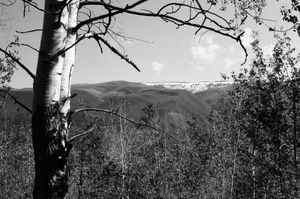There's a trend right now, driven by Instagram and Tik Tok, of people discovering film and older cameras. Old point-and-shoot film bodies like the Contax T2, along with modern film stock like Portra 400, are increasingly frustrating and expensive to find. It also leads to all sorts of viral post formats like this:
The film. 🤝 The photos. pic.twitter.com/EOsFuvDvan
— Nevin Johnson (@nev_in_color) May 26, 2022
It's all a bit much! While I have fond memories of taking one-time use 35mm cameras on some of our early family trips, I remember always feeling let down when I got the results back because they looked, well, bad. Blurry, grainy, out of focus, destined to be stashed as a stack of unprotected 4x6s in a drawer until they became tattered and thrown out.
Even as a kid, I couldn't wait to get a digital camera and today, as nice as some of the film photos people take are, there's really no matching the ease, quality and latitude of something like my Sony A7RIV. Especially compared to 35MM.
Those disclaimers aside – don't throw me in with the TikTok groupies – there's still a joy to bringing old cameras back to life, particularly those you have some connection to.
Shortly after my grandpa went blind, he gave me a burlap carry case filled with his photography equipment. As a teenager, I was too distracted with my pirated version of Photoshop to ever really try it out. A few years ago, after he died, I found a battery for it, shot a roll, exposed it accidently and ruined it, and promptly stashed the camera away again.

I'm in the process of organzing boxes of stuff from 15 years worth of moves, and found some old photos my grandpa had taken, probably with the Minolta. It made me a bit sad that I never used his camera while he was still around, so I figured I'd get it cleaned up, organize the burlap bag, and shoot a few rolls.
Alongside the camera, he left me two large tins of film. T-Max 100 is a Kodak black-and-white film I knew from darkroom days in college, but because of the size of the reel, I figured it was movie film and never paid much attention to it. It's actually 35MM film, just in a 100-foot spool. Though it expired in 2005, black-and-white film can be good for decades, especially if it was cold-stored. This hadn't been – it was dragged with me around the country and stashed in myriad closets at various tempertures. But black-and-white film is hardy so I figured I'd give it a go.

I ordered a bulk loader and fumbled around in a storage room installing in the first tin. The hardest part was actually finding a film cassette to use - I send off all my film by mail to be developed so I'm not getting empty cassettes back, and most retailers don't sell them any more. I settled on these plastic ones from Kalt which are complete trash and a nightmare to use. The felt feels like its made from bulk recycled sawdust or some similar material - it immediately disintegrates and leaves crap all over your negatives and desk. Terrible.
I installed the film in the bulk loader upside down and didn't realize it until I pulled the first roll. The second attempt was more successful – I diligently counted out 31 turns of the hand crank (YouTube recommended 31 rather than the 30 listed on the loader), and had 36 exposures ready to go.
Before I shot anything too important, I wanted to fire off a test roll and make sure the camera still worked and the film hadn't gone too foggy. So I took a walk up the hill behind my house and burned out a roll. The (terrible!) plastic cassette didn't hold up to the manual rewind, so I went back in the storage closet, pulled out the unspooled roll, tucked it back in the empty tin, sealed it with electrical tape and sent it off to Photo Life in Brooklyn to develop and scan it.
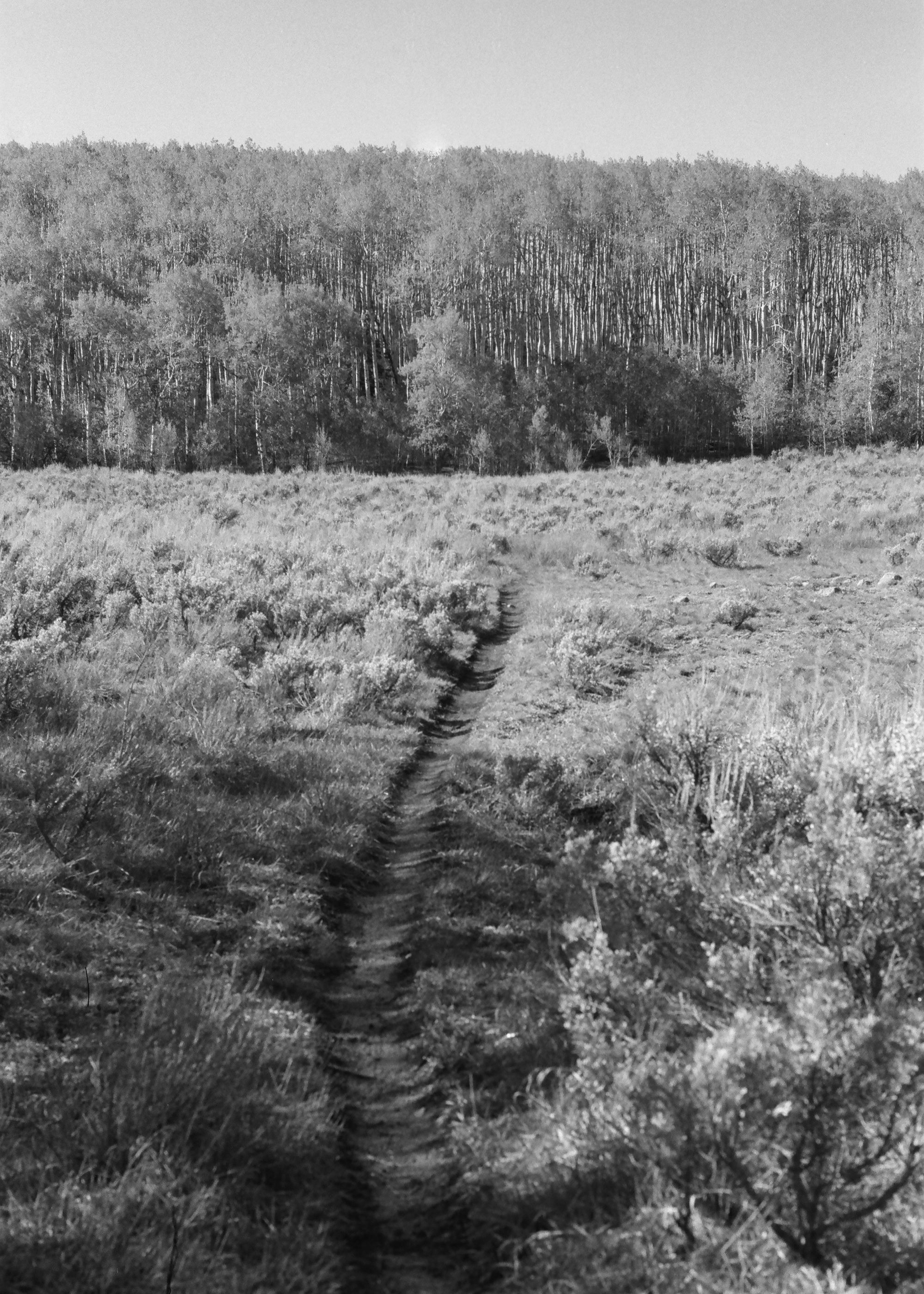
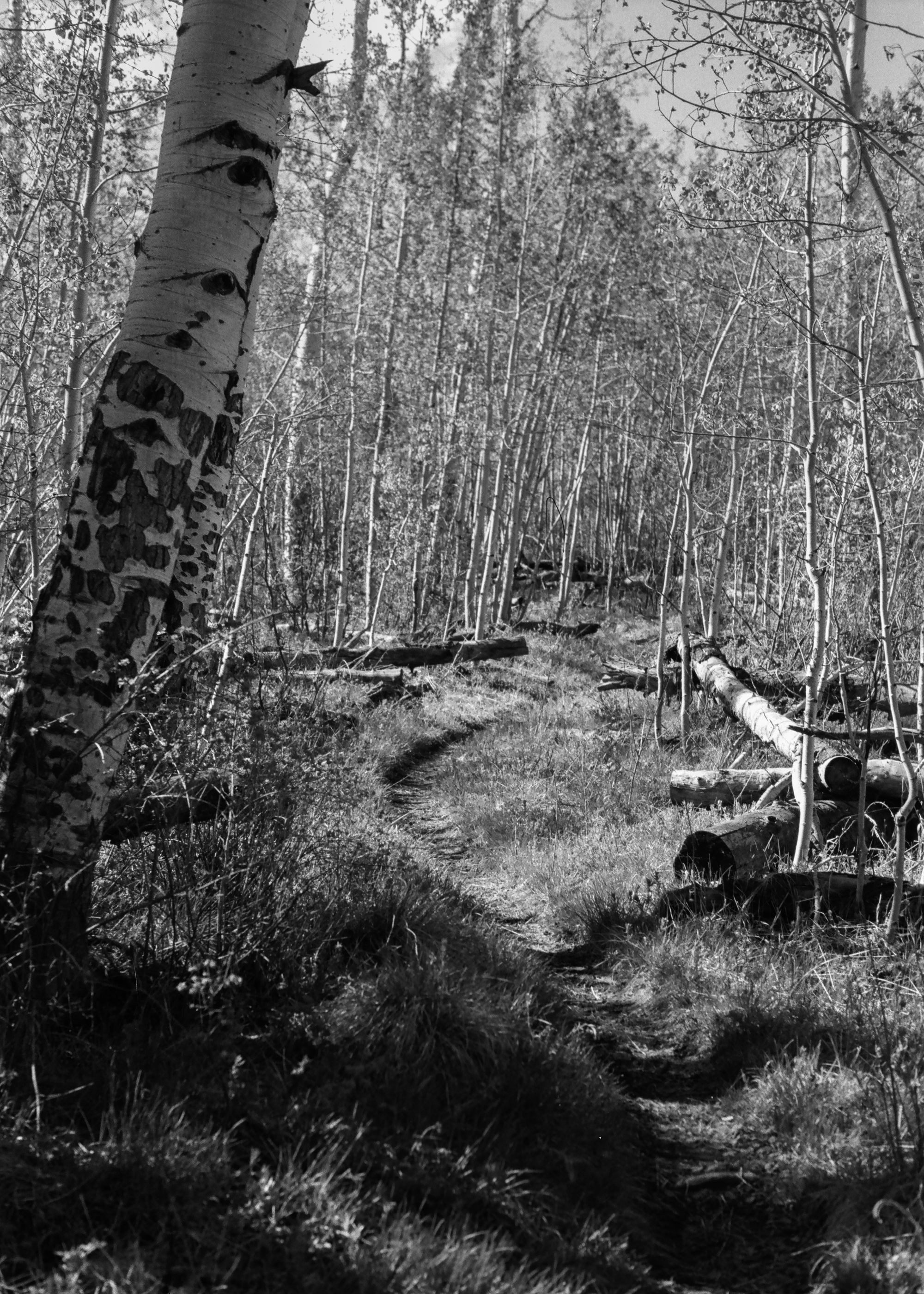
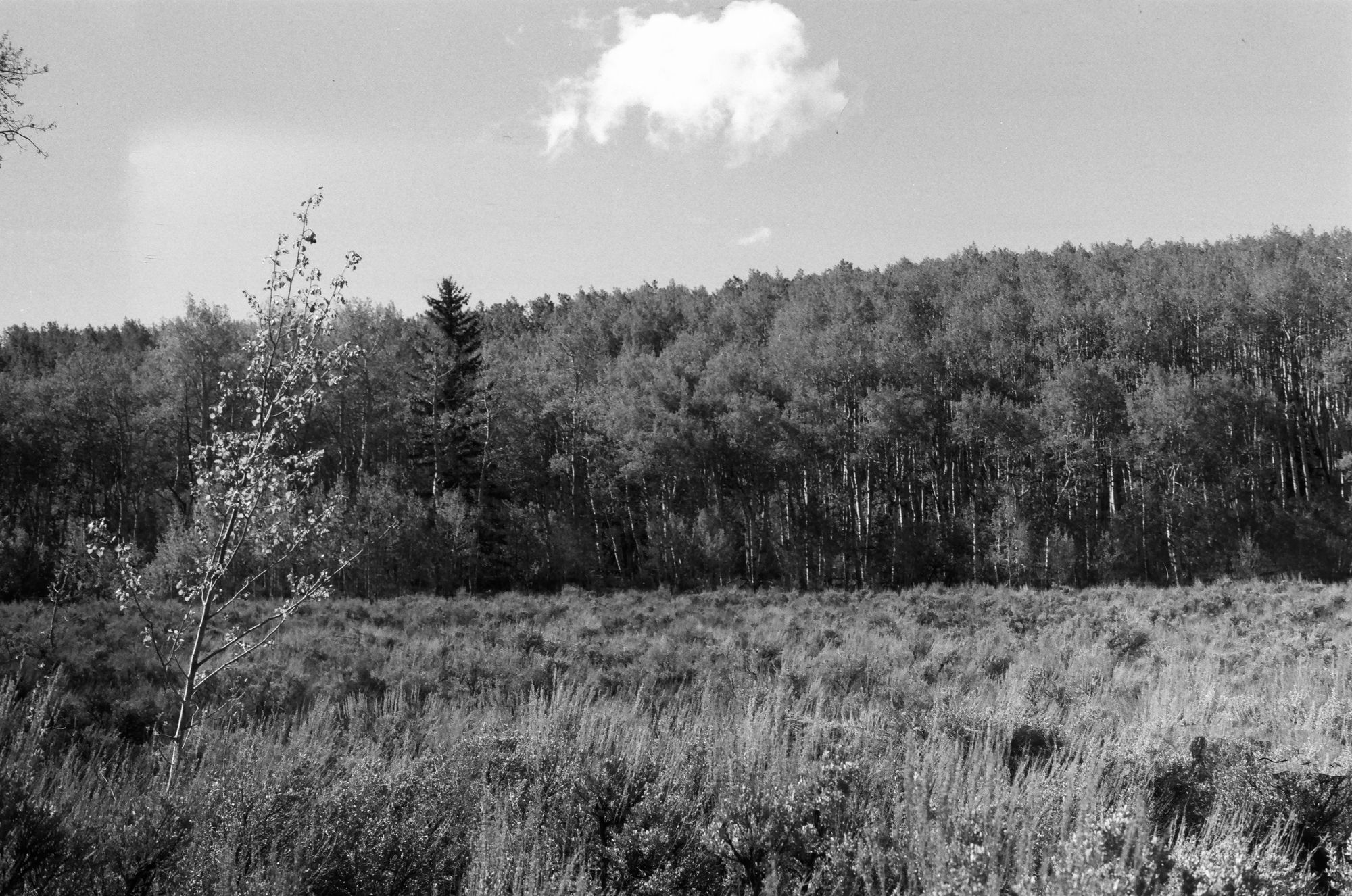

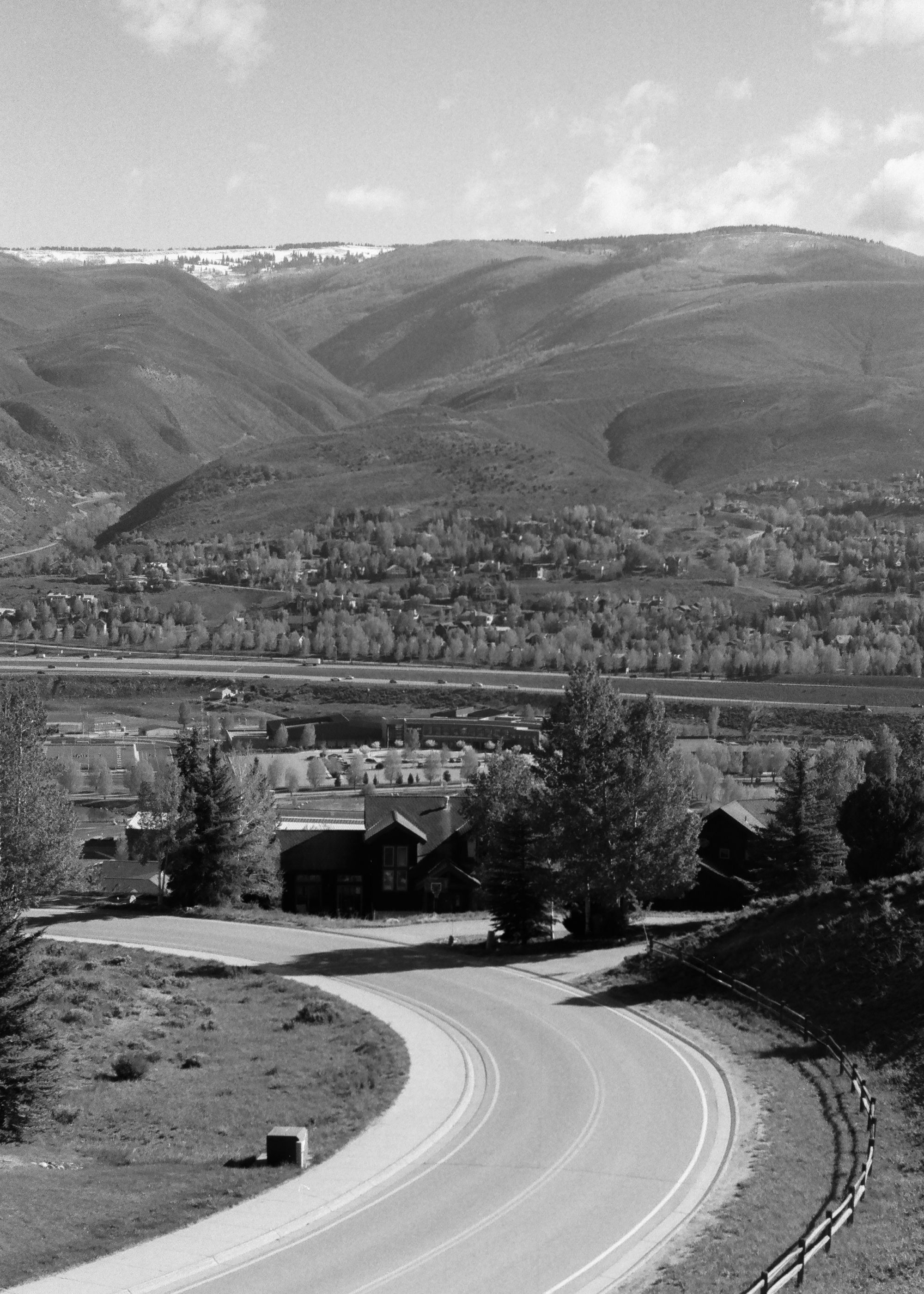
Definitely useable! Not the best shots I've ever taken, but the Minolta still meters correctly enough and the T-Max doesn't seem too put off by my years of neglect. Each bulk roll should be good for about 18 rolls of film, so there's lots of to work through.
I'm still figuring out how to shoot black-and-white film. I'm not quite wired for it – my first photos were full color digital that then were further brutalized by my over-use of saturation sliders in Photoshop. Scenes that I think might work well in black-and-white seem to come out cluttered messes. I'm drawn to nice contrasts in color, but I think I've got to set that aside and look for starker contrasts in light.
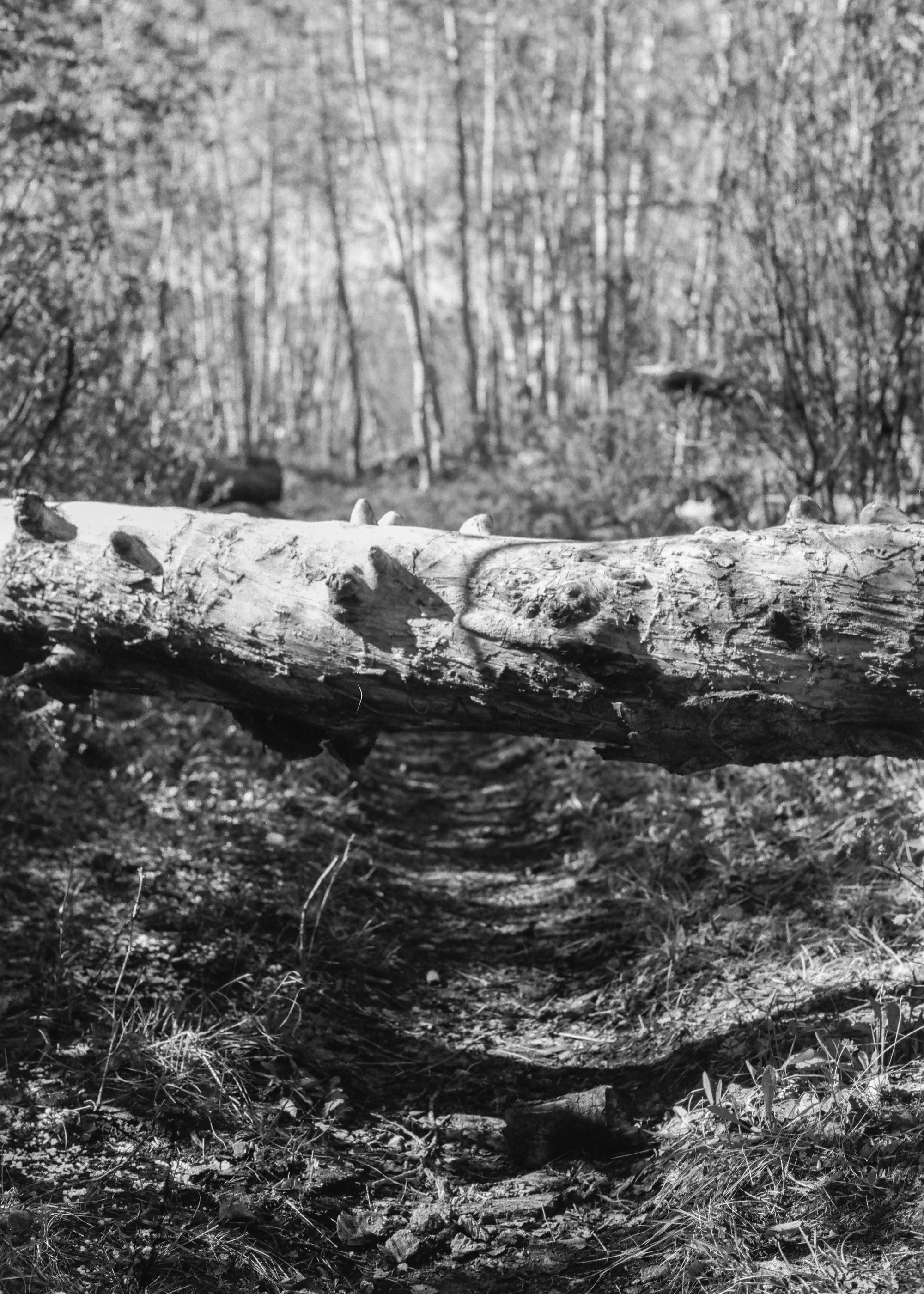
I've got a few other ideas to try with the Minolta now that I know it's working and I have ample film stock to use. I also ordered 150 empty film cassettes from a photo developer in North Carolina for the rest of the T-Max, so I never have to deal with those crappy plastic ones again.

Thanks, grandpa.
